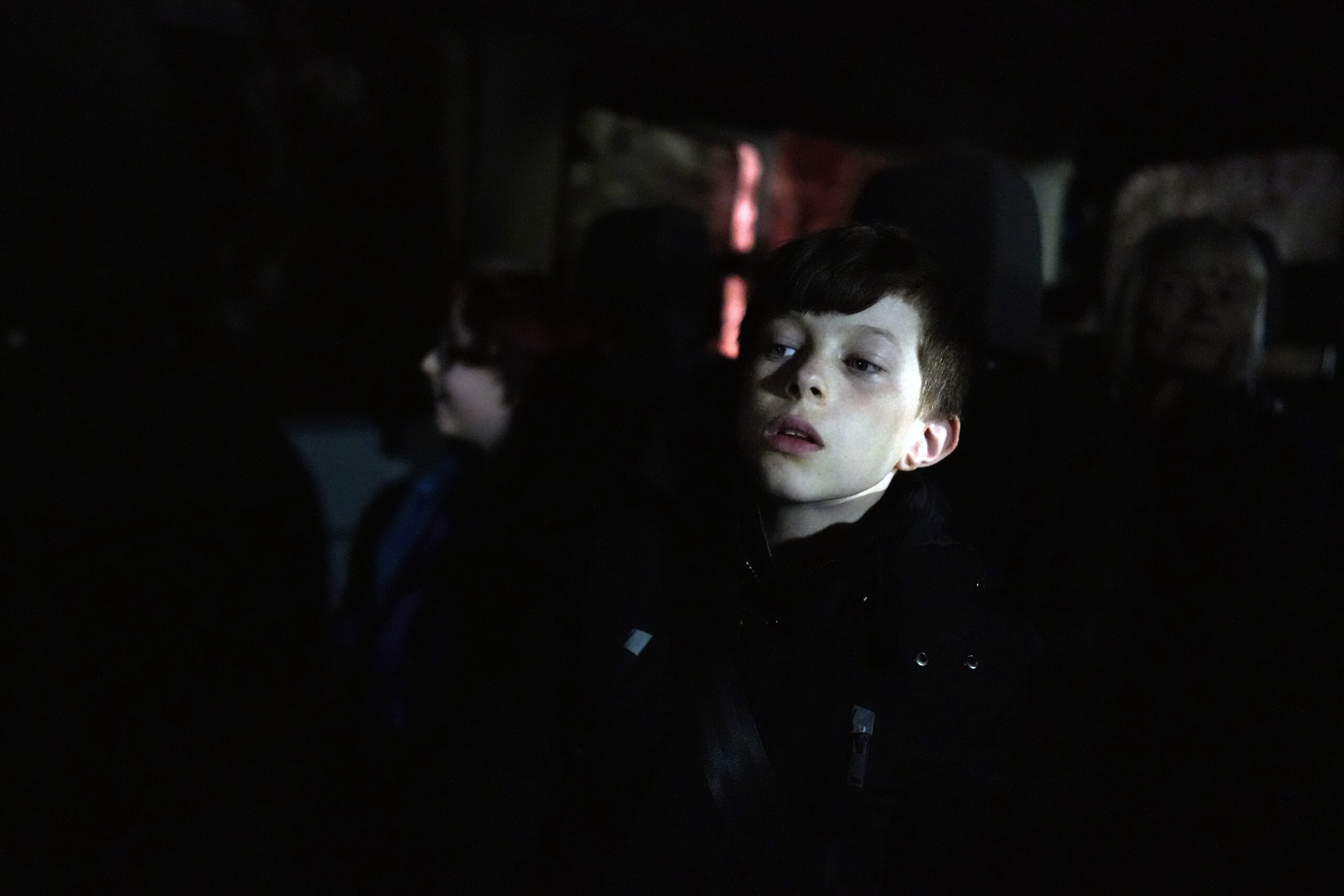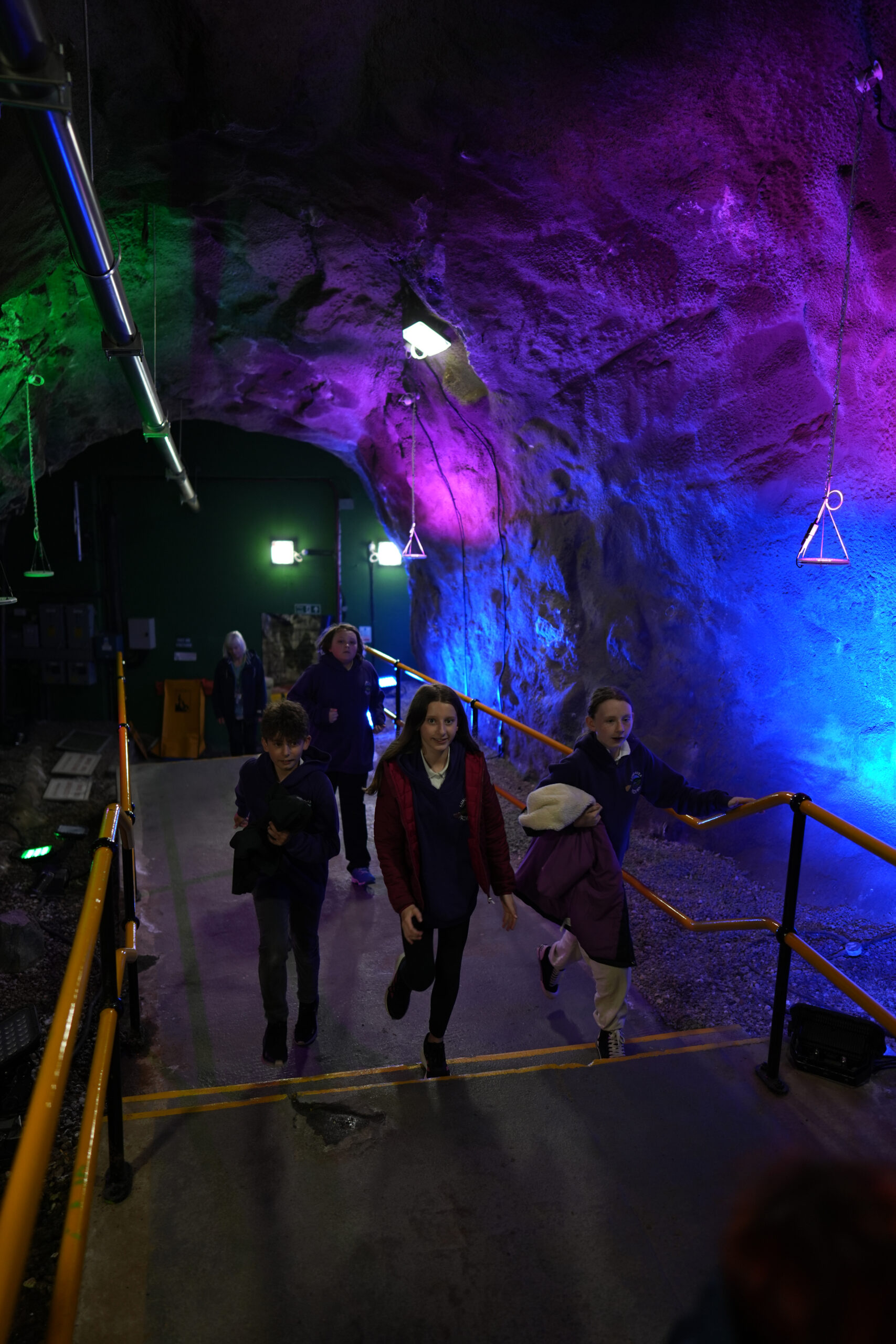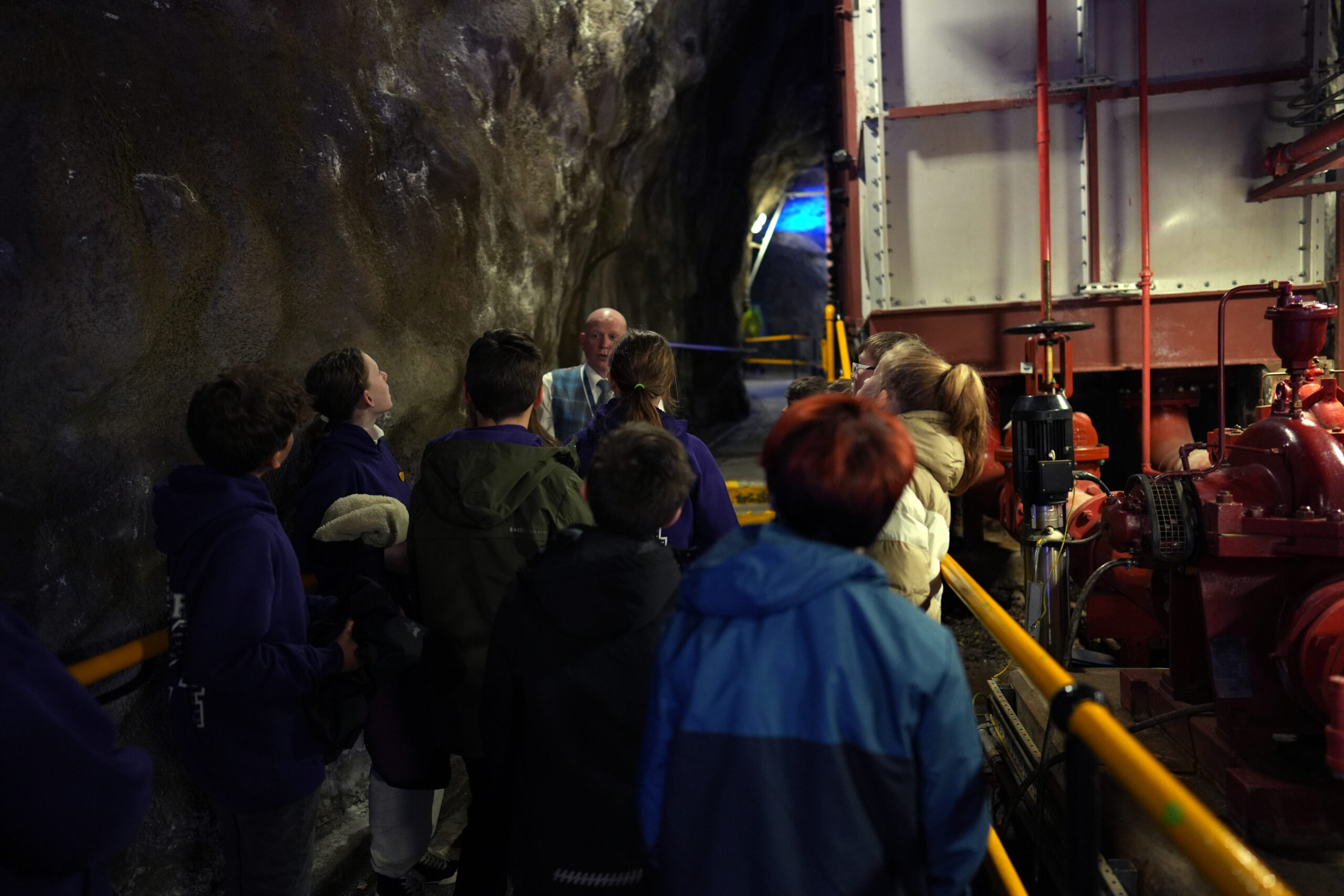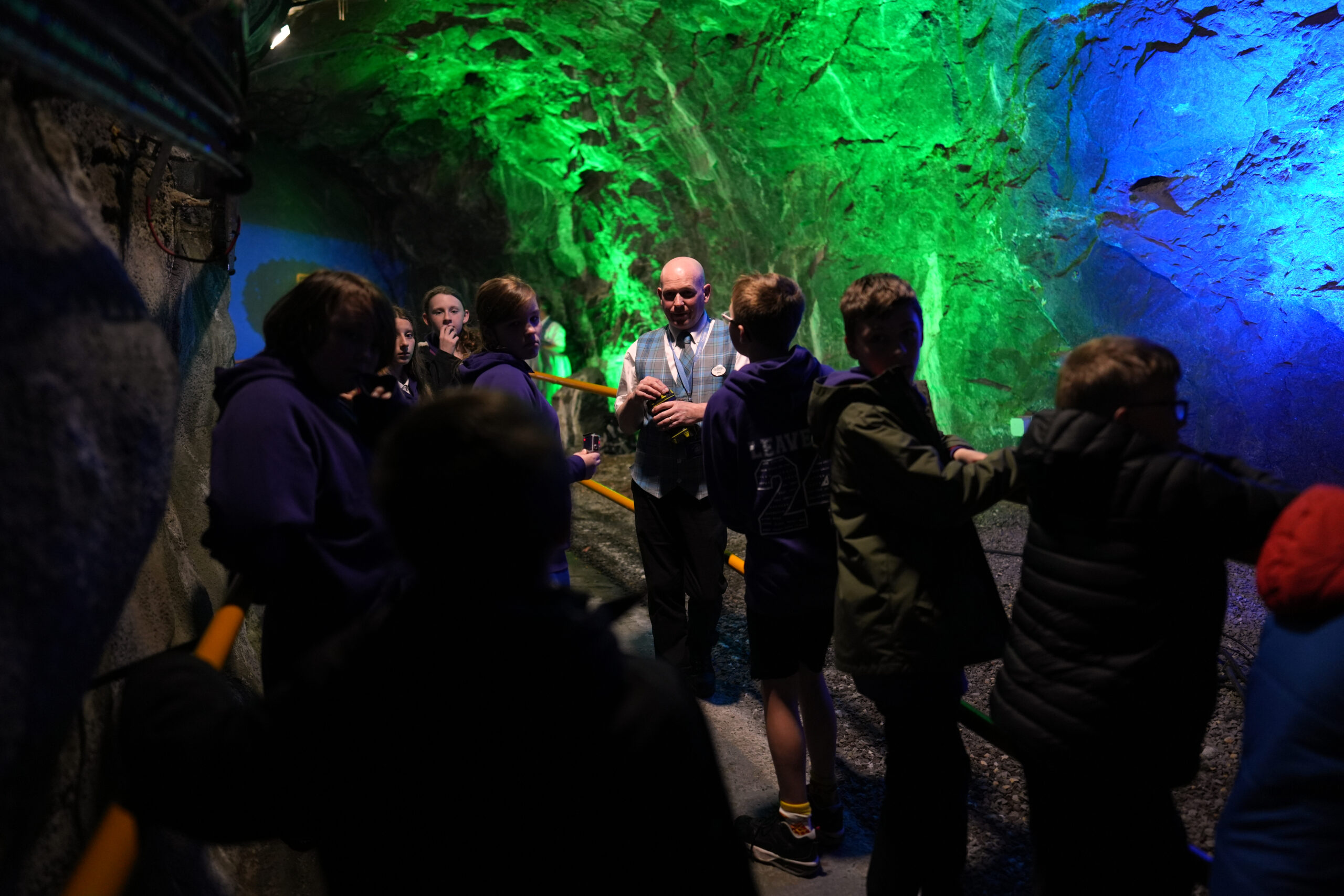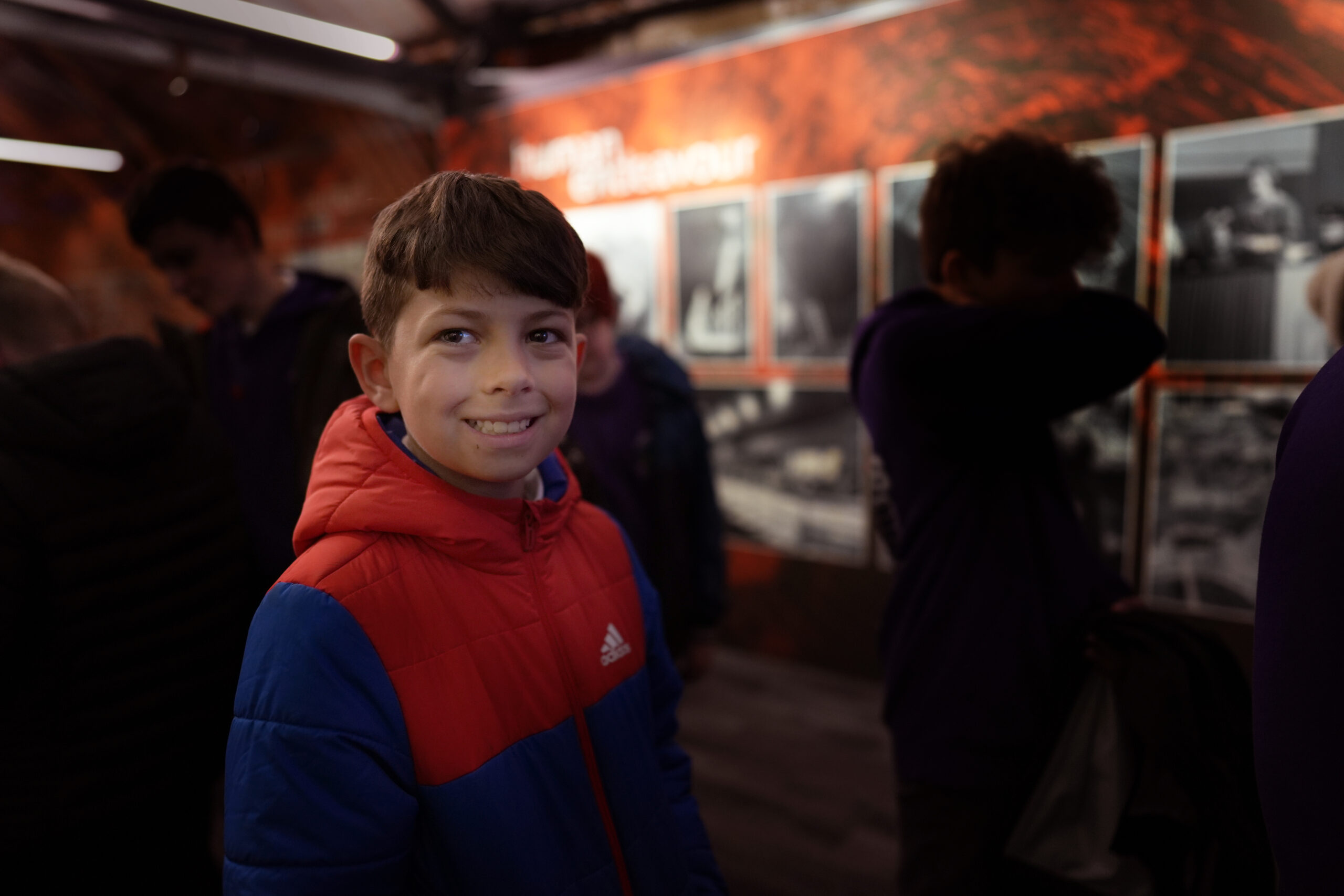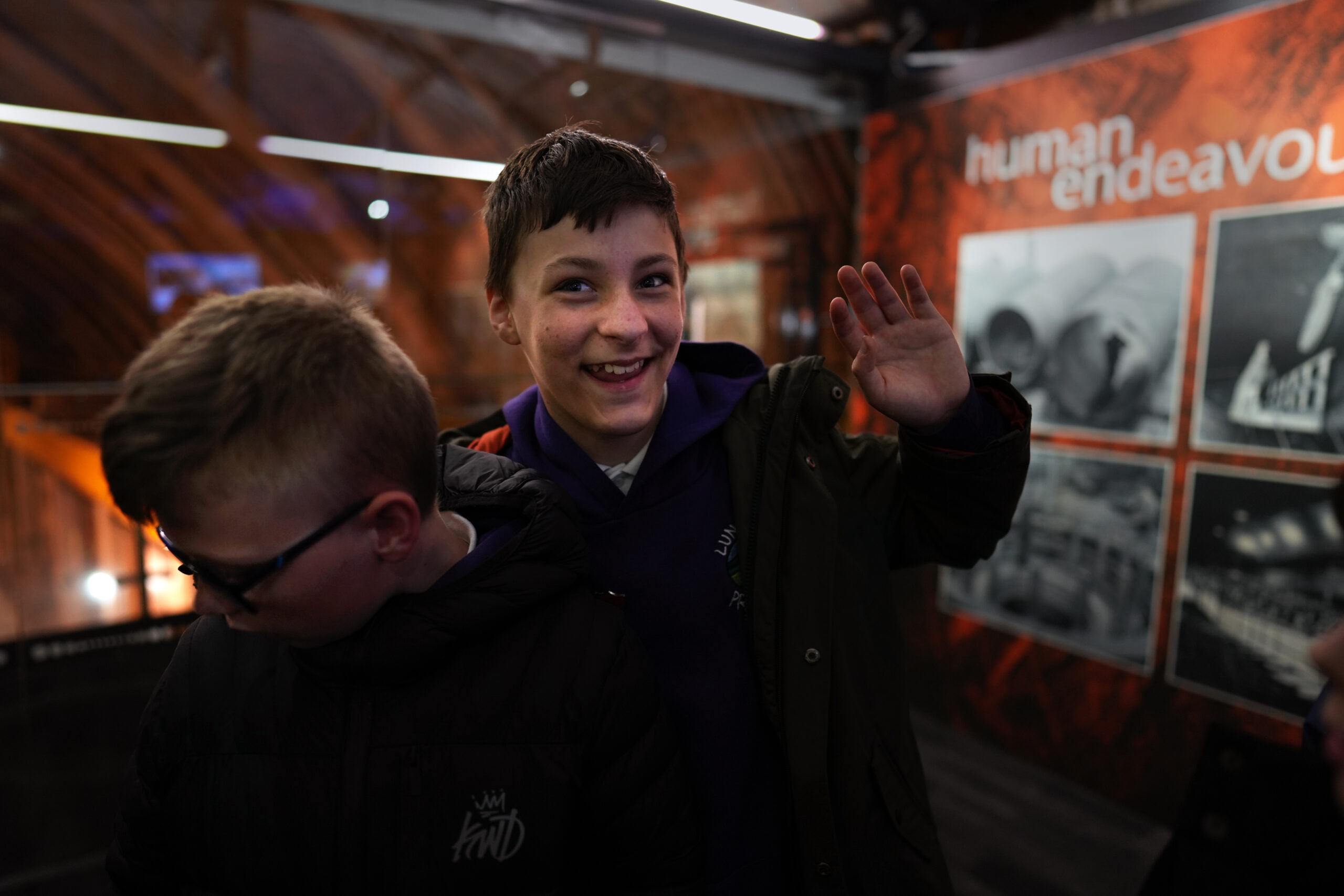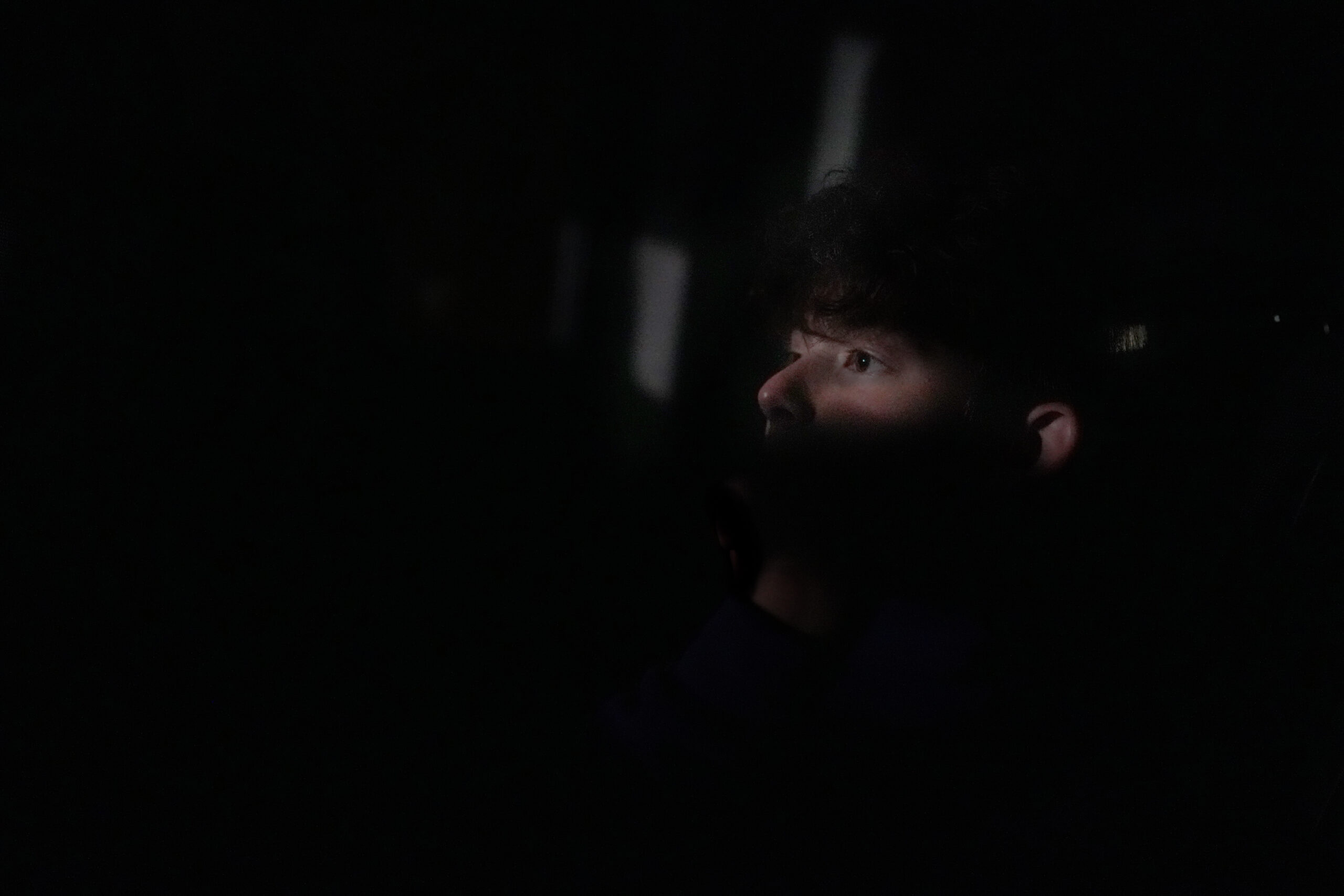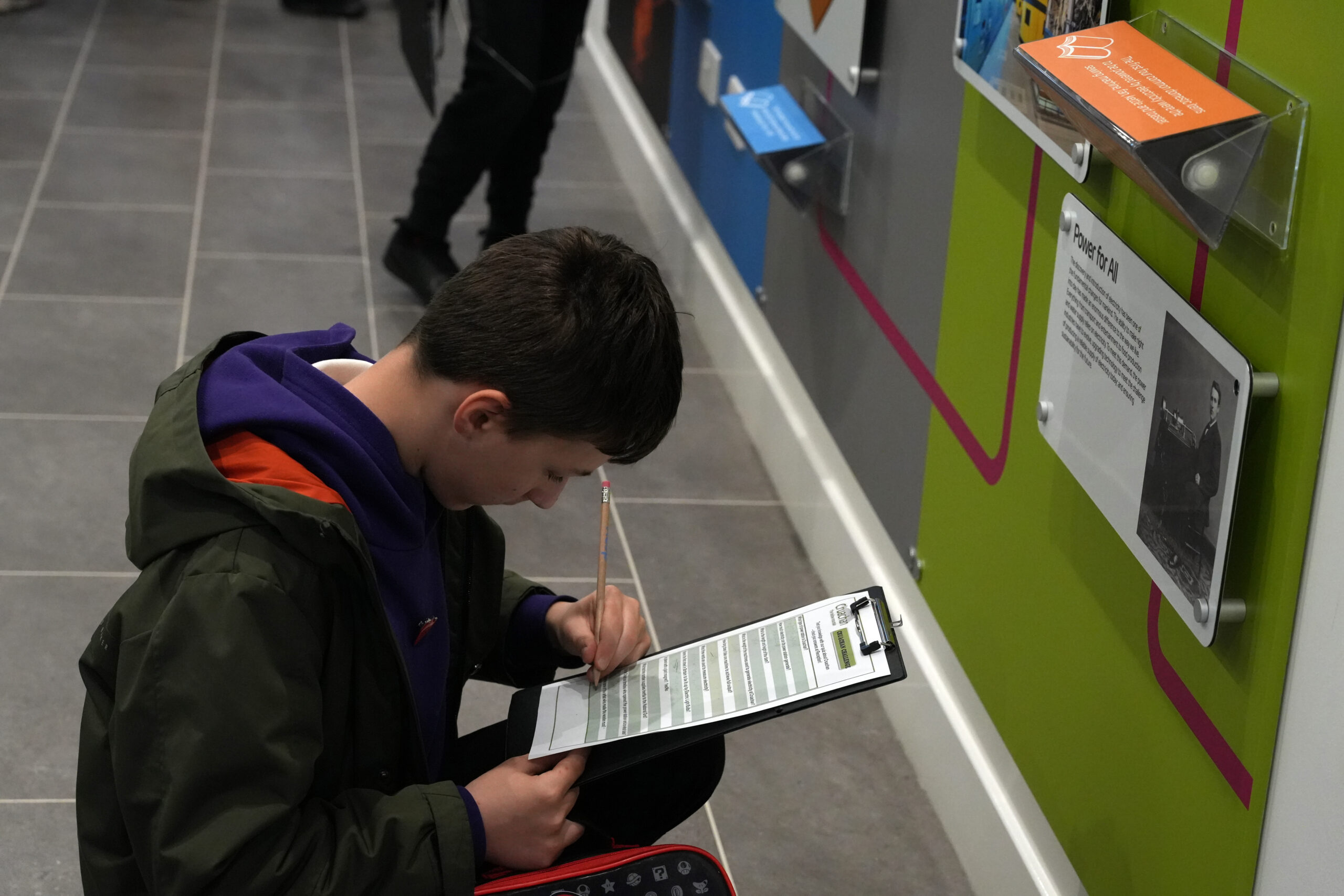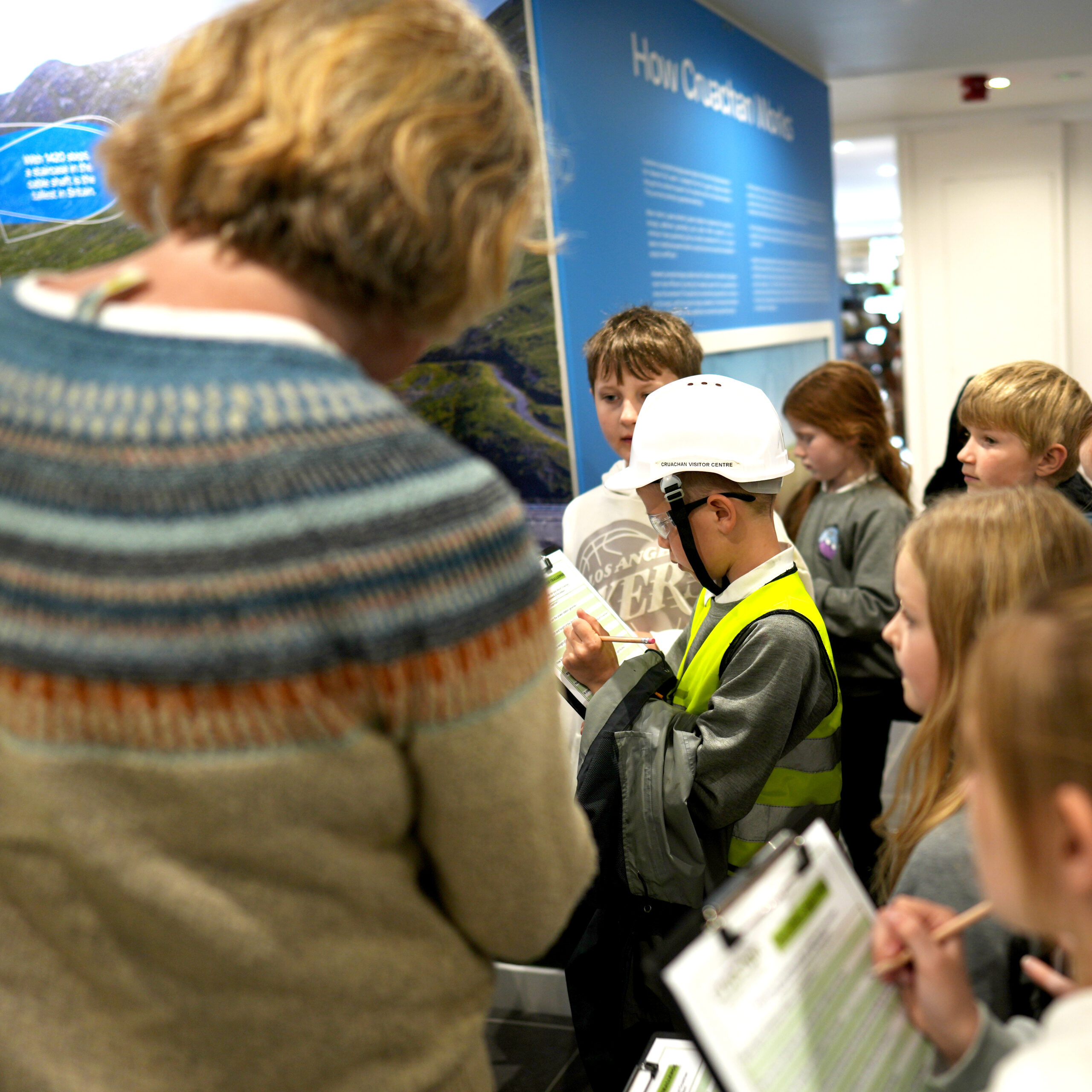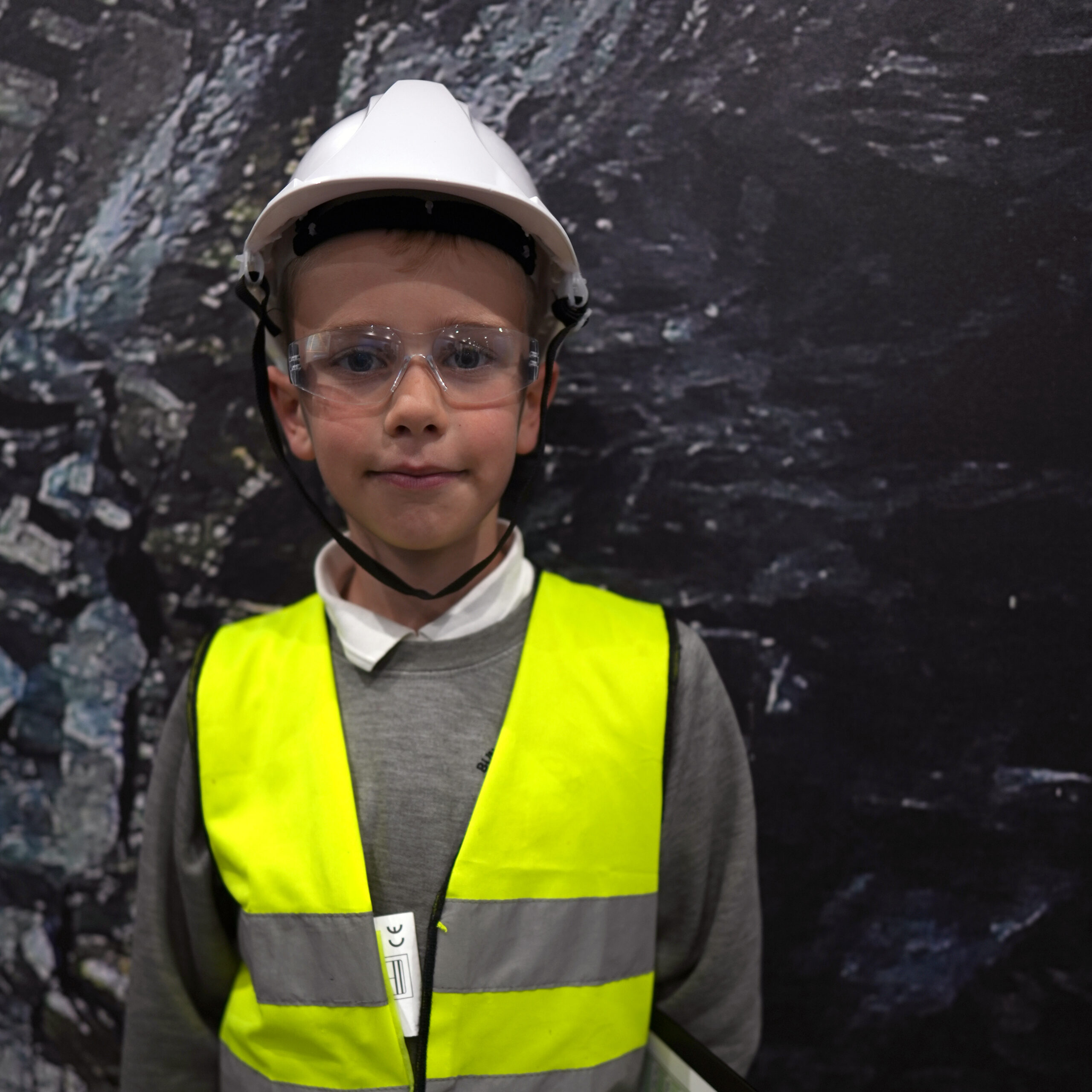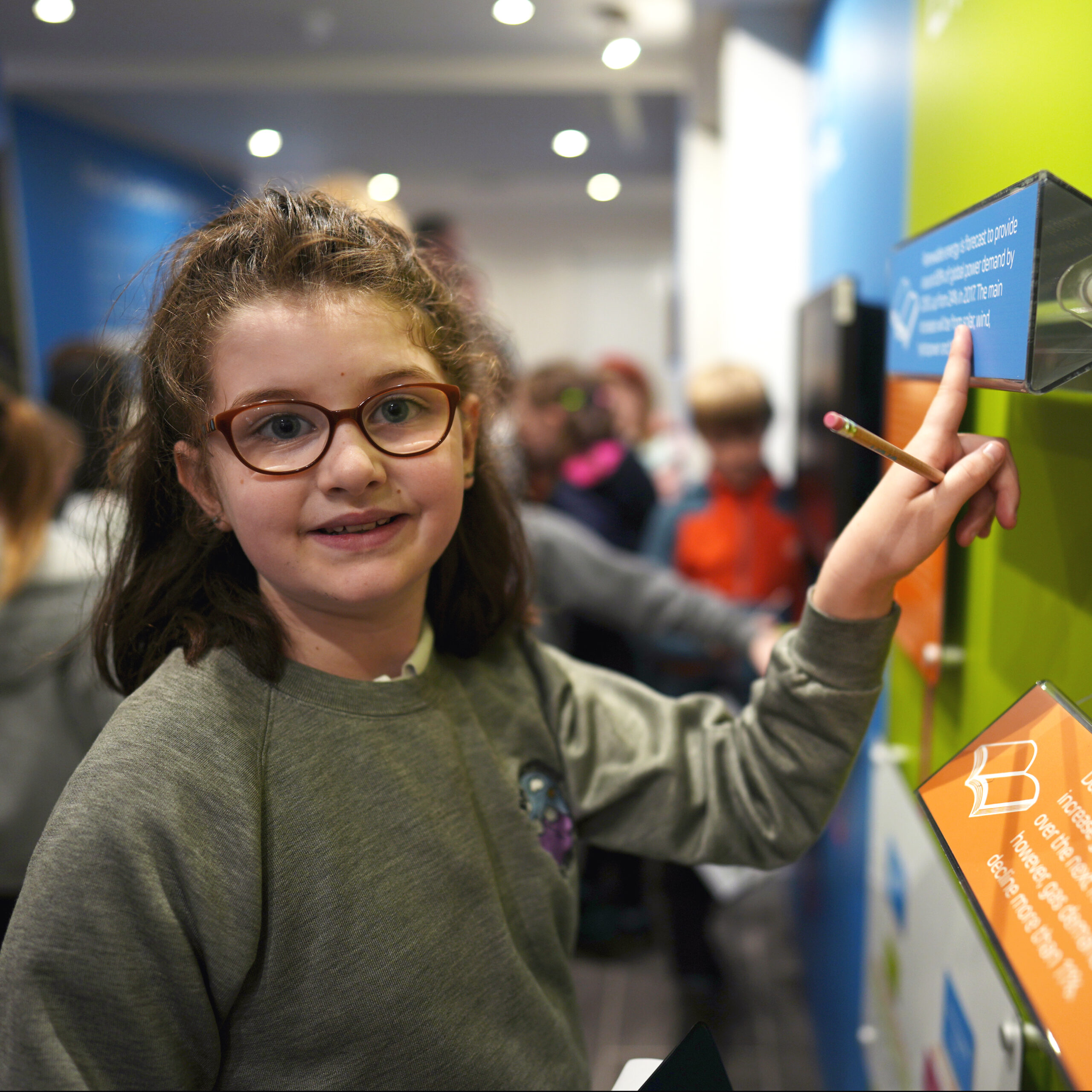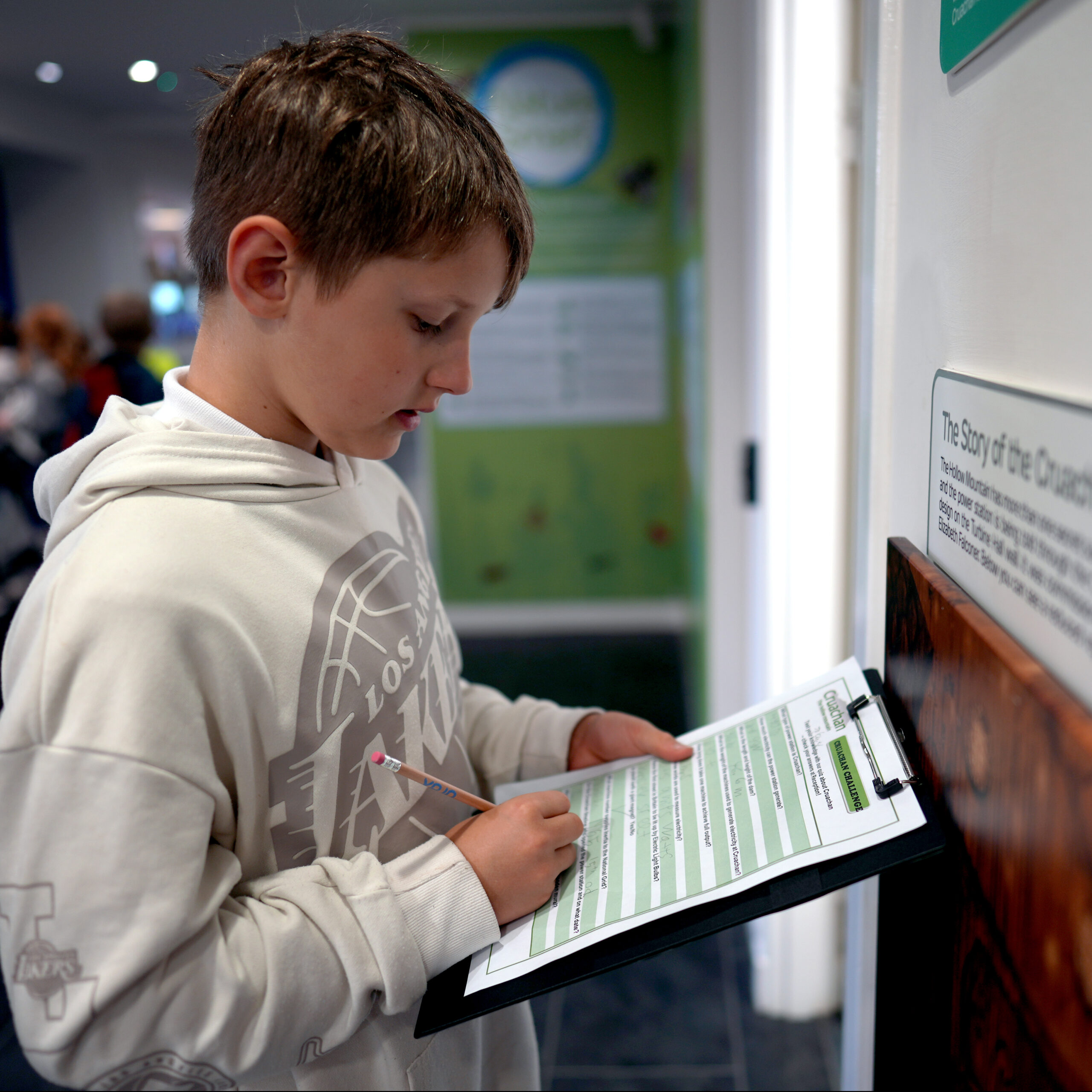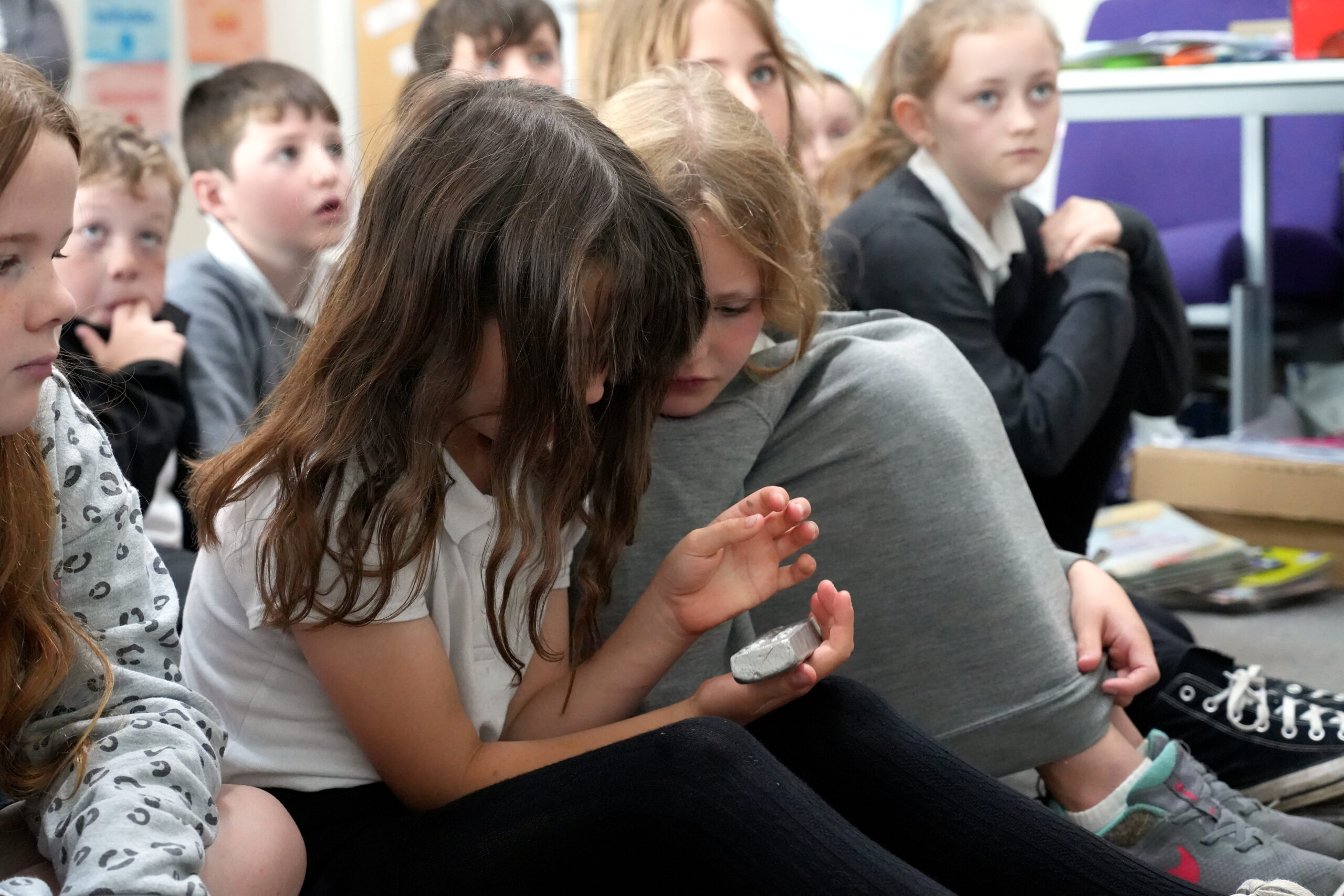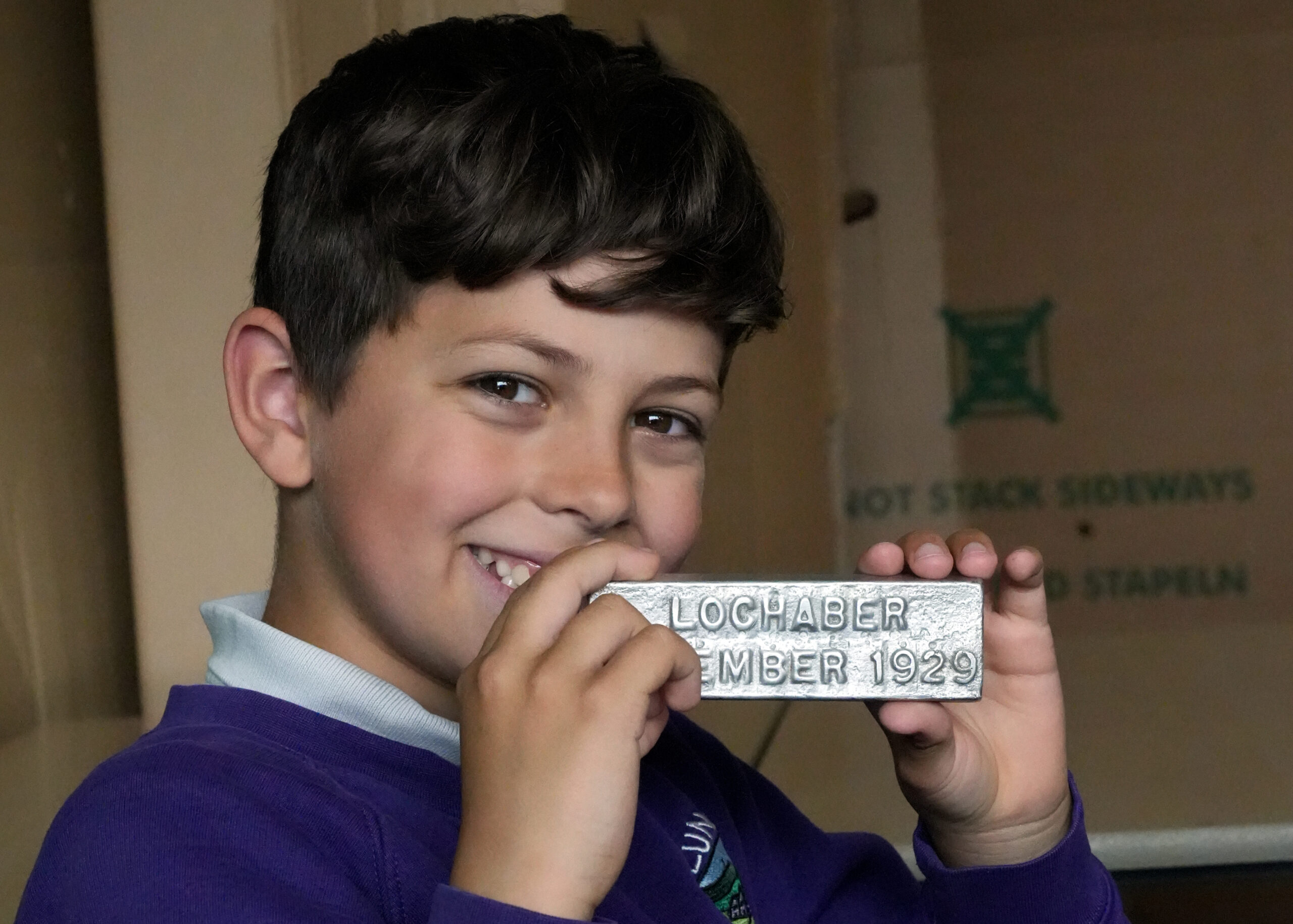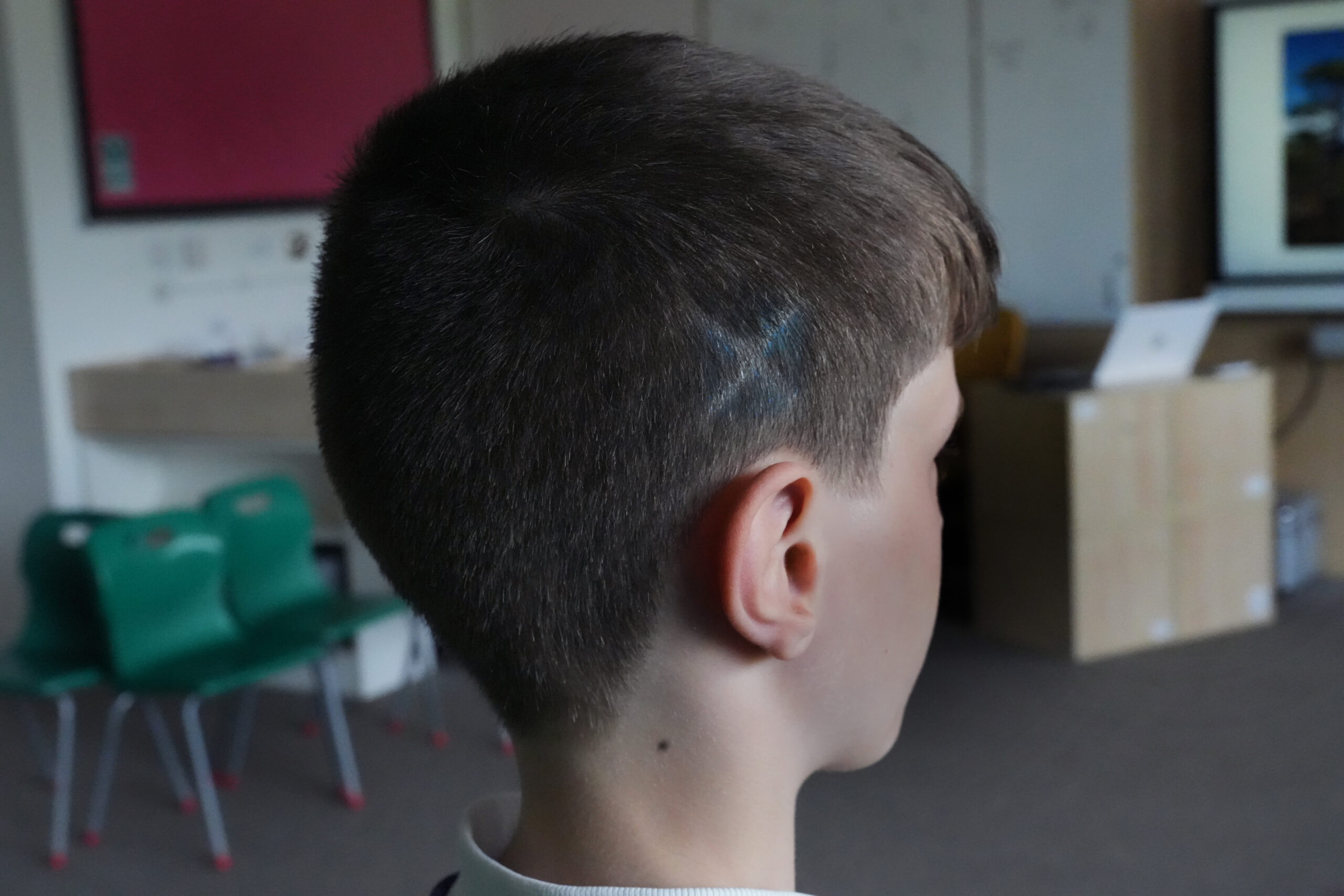Changing Lochaber
The Empire era finally came to an end through the two terrible World Wars in the 20th century. The wars were a transition time into the Modern Age.
Since the World Wars there have been huge changes, all around the world, as well as here in Lochaber, which have transformed peoples’ lives.
The Natural Environment
Let’s start by looking at the natural environment of Lochaber. We are lucky to live here, surrounded by such a beautiful landscape. But is it really natural?
Lochaber used to be covered in deciduous forest and Scots pine. These are very different from the ‘Christmas trees’ forestry plantations we see in our hills today. Forestry is an important industry here, but like everything else, it needs to be balanced.
This can be a difficult area, as there can be what we call a ‘conflict of interest’ – what’s good for some people, is not good for others.
We’ve already talked about pollution – what else could damage our natural landscape?
Dropping litter in scenic places – especially plastics, or items which could harm wildlife. Also dropping rubbish into lochs and rivers. Don’t do it!!
Not controlling dogs
Dirty camping
Inappropriate toileting
Disturbing wildlife
Damaging trees and plants
Leaving gates open
Beautiful species like dragonflies can only thrive where there is no pollution. Environmental damage seriously endangers our native wildlife.
A controversial topic right now is rewilding. This means trying to restore the hills and glens to what they were before humans changed them. But to which era? Perhaps to before wholesale deforestation took place.
For example, there used to be wolves in Scotland, but they were hunted to extinction. The last wolf in Scotland was killed in 1680 by Cameron of Lochiel. Without wolves, there are no natural predators for deer, and so the population is out of control, damaging trees, and also, some of them die of starvation in the winter as there is not enough grazing.
In America, Yellowstone National Park re-introduced wolves, which transformed the ecology of the area, allowing forests to regenerate and biodiversity to increase. Wolf-related tourism also brings $35.5 million annually to Wyoming.
In 1999, there was a serious proposal to re-introduce wolves to Scotland, but there was an outcry from sheep farmers – which is very understandable.
Sometimes, trying to do the right thing is complicated and difficult. We have to consider both sides of an argument, and try to find a positive way forward, such as fenced areas.
We are all ‘stewards’ of our natural landscape – that means, we all have a responsibility to take care of it.
Climate change
I’m sure you’re all aware that we are living in a time of climate emergency. What do you understand by ‘climate emergency’?
Around the world we are seeing extreme weather, wildfires, crop failures, rising sea level and melting of the polar ice caps.
Bees are dying or killed by pesticides, affecting the balance of nature.
What has caused this? The answer is pollution from various causes:
Industry – toxic gases are released into the air.
Intense farming using chemicals.
Rubbish – especially of things that don’t biodegrade such as plastics.
Deforestation – trees are essential as they produce oxygen.
Fossil fuels – that is coal, oil and gas.
We need to consider what we can do, as citizens of Lochaber, to reduce our impact on the environment. We might feel powerless as individuals to make any difference, but each of us is important. It’s what we do as a community as well as individually. Can you think of something we can all do to help with the climate emergency?
Transport
Transport is another area which has seen huge changes in Lochaber.
A hundred years ago very few people had cars. People could travel by steam train, but only where there were railways built. Other than that, horses were still used to get about.
Early cars looked a lot different than modern ones.
Have you seen the bronze Model T Ford outside the museum? Do you know why we have this outside the museum? It’s to celebrate the famous drive up Ben Nevis in 1911.
Nowadays, we still have public transport – trains, ferries and buses – and most households have at least one car. There are pros and cons of cars.
Let’s look at pros – what’s good about having a car?
It gives you freedom to go anywhere, anytime.
It can carry heavy things like our food shopping.
It’s comfortable.
Now the cons:
Cars cause pollution from their fumes.
They can be dangerous, as they can be involved in an accident.
Car ownership disadvantages those with no car, as there is less demand for good public transport.
How could we improve transport in Lochaber? Any ideas? For example, we could invest in less polluting technologies. We could also provide much more public transport, including to rural locations. It could be cheap or even free.
What could we do to reduce car use? Car owners could consider car sharing schemes. Employers could consider hybrid or home working, for some types of job.
There are different types of car engine – some use petrol or diesel, which are called ‘combustion engines’ – like the Model T Ford, and still the majority of cars, buses, lorries and motorbikes.
Electric cars do not produce smelly, polluting fumes, although there are still environmental concerns around their manufacture.
There are even less polluting vehicles being developed for the future. This futuristic car uses hydrogen cell technology. Instead of fumes, it produces only pure water.
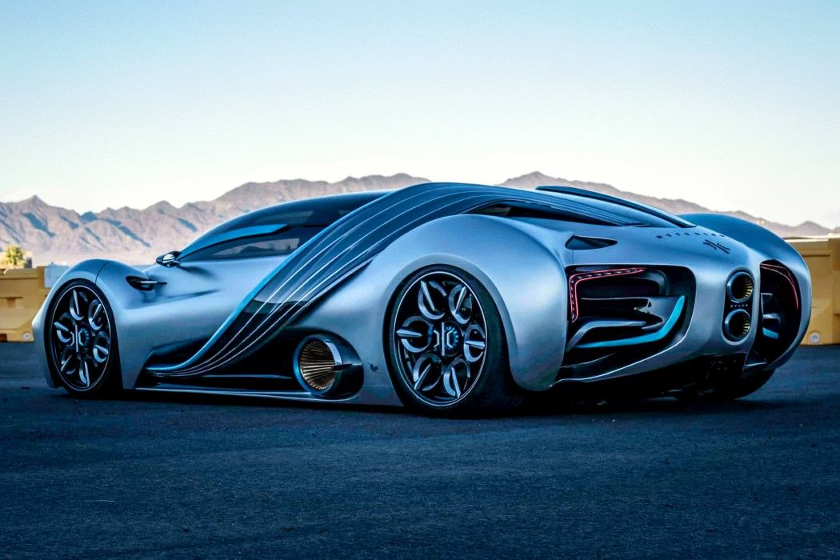
Corpach Boat / Am bàta Chorpaich.
Industry and Employment
What industries do we have in Lochaber?
Aluminium
The most well-known one is the aluminium industry. Do any of you have a family member who works in the Aluminium plant?
The hydro-electric power station at Fort Willliam was designed in 1921, to provide electricity for aluminium production at Fort William. Construction began in 1924 and the first aluminium was cast in 1929.
During World War 2, British Aluminium’s Lochaber smelter and hydropower plant became a target for German bombers. It was the only aluminium plant in Britain, so it had a vital role, supplying aluminium for building warplanes.
The aluminium smelter is still a major employer, and still the only aluminium works in Britain.
You can see how hydro-electric power is generated at Cruachan in Argyll.
Have any of you seen the huge chunk of aluminium in the museum?
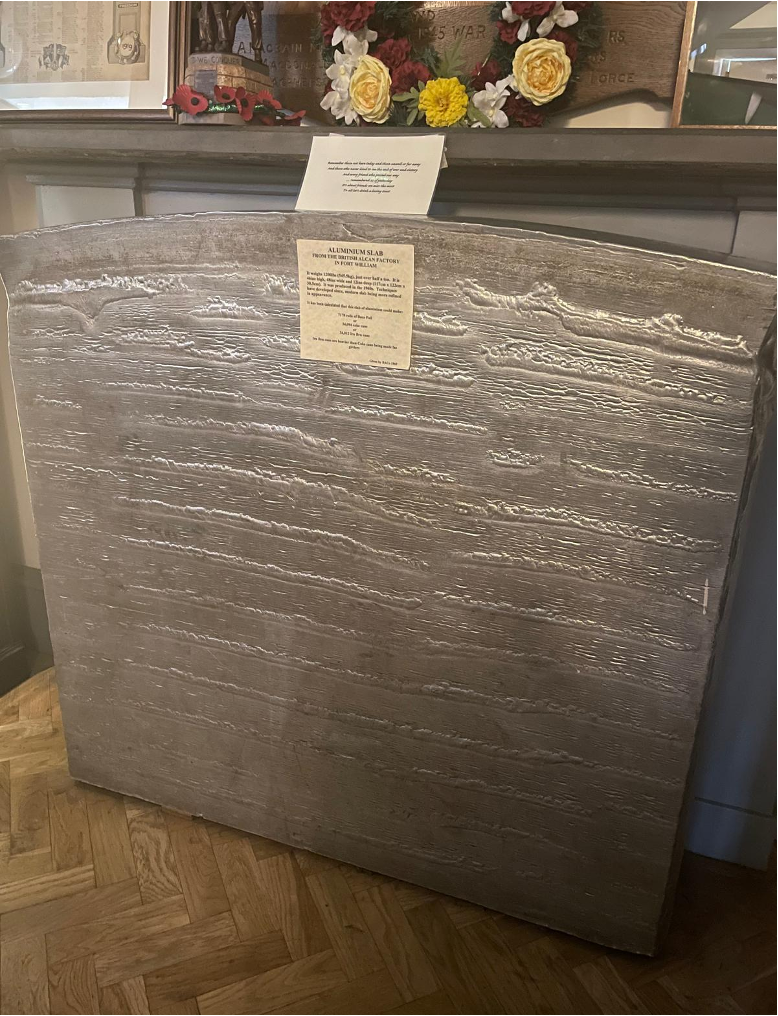
Tourism
Did you know that the number one industry in Lochaber is tourism? Why do you think people want to visit Lochaber?
In Scotland as a whole, tourism brings in 4 billion pounds per year, and employs around 8% of all Scots. Let’s think about all the jobs which the tourism industry provides. For example: owning or working in a hotel, restaurant or café, transport, heritage sites, gift shops, boat trips, and mountain sports infrastructure such as Aonach Mor. There are knock-on effects such as increased spend in the town, and more passengers on the trains.
As citizens of Lochaber, we should welcome our summer visitors, who have chosen to come here for their holidays. Many of them have come from very far away such as America or Australia. Some of them may have Scottish roots and may have saved money for years to come here.
But, are there any negative effects of tourism? Some might say that it is very difficult for local people to afford a house, especially to rent, due to so much holiday accommodation. Perhaps our community needs to look at ways to balance the essential needs of locals, while still welcoming tourists.
Mountain sports
Mountain sports such as climbing and skiing are a specialist tourism sector which bring in a huge number of visitors to our area every year.
Fishing
This has been part of the Lochaber economy for centuries. You can see the fishing boats in Loch Linnhe, and there are significant fishing fleets in Lochaber, such as at Mallaig.
Crofting/farming
This is a very important part of the West Highland economy. Cereal crops such as barley do not grow well in Lochaber, so farming is usually keeping animals such as cattle or sheep.
Employment in Lochaber
What other sectors do Lochaber people work in? Aside from industries, there are vital public services, such as education; nurseries, schools and colleges. Teachers, janitors, cooks and cleaners work in these places.
Health – the NHS employs doctors, nurses and associated specialists such as physiotherapists.
Carers – people who work in residential homes and in the community, looking after older people, people with disabilities or the vulnerable who can’t manage for themselves. A caring society will always look after its vulnerable people. I’m sure we all want Lochaber to be a good and caring place for everyone who lives here.
Can you think of any other jobs? Well, there are quite a few jobs in the Museum!!
Some other important jobs are bus drivers and lorry drivers, postmen and women, and tradespeople like joiners and plumbers. Some people also work in heritage, the arts or music, film and radio.
So, Lochaber people work in all kinds of jobs. We need a diverse range of people and their skills for our community to work well, for everyone’s benefit.
Do you have idea about what you would like to do in the future?
Gender equality
The changing role of women in society.
There are still many jobs that are seen as more suitable for men or women. What jobs do you think are mostly done by men? What jobs are more likely to be done by women?
There have been massive changes to the lives of women and girls in the Modern Age.
During the world wars, many women entered the workforce for the first time, as so many of the men joined the armed forces.
So, of course, this was a terrible time for these men, who were sent off to the horrors of war. We still commemorate them today. There was a disproportionate number of Highlanders enlisted in both wars – that means, a higher percentage of men than elsewhere in Britain served and gave their lives in these horrible conflicts.
Women also served in the armed forces during the wars, but not as soldiers. They were nurses, munitions workers, land girls and had office jobs. Nowadays, they can serve in the army, navy and air force as equals.
After the wars, more women came into the workforce, and were gradually given equal opportunities in education and employment. Look around the class! But, did you know that some Universities would not admit women students, until the 1920’s? As the 20th century went by, women eventually accessed higher education in equal numbers to men.
However, even today, there are very few women students in some STEM subjects.
Why on earth is that? Do you think there is any valid reason for girls not to study engineering, or work in science and technology?
Equality for everyone
So, we’ve just looked at changing attitudes to women and girls. Do you think other attitudes changed too?
As our society has developed and changed in many ways over the last hundred years, we now know that all kinds of prejudice and discrimination is wrong. It is now illegal to discriminate against people from what we call ‘protected characteristics’.
Unfortunately, there is still prejudice around in our society, even with these laws in place. As citizens of Lochaber, we can choose to do the best we can to treat everyone fairly and equally. This will ensure that Lochaber is a great place to live, for everybody in our community, in the years to come.
‘Our Lochaber’ means ‘Everyone’s Lochaber’.
This brings us to another change of modern times.
Movement of People
Some of us in our community are from long-standing Scottish descent, while some of us have families who came to Lochaber more recently.
In Lochaber today, we are a vibrant community with people who originate from many places as well as Scotland many flags, such as Poland, England, Pakistan, Bangladesh, India, Lithuania, Spain and Ireland and many more. We benefit from people who have chosen Lochaber to be their home.
What really matters is now, and indeed, the future.
Let’s say it again: ‘Our Lochaber’ means ‘Everyone’s Lochaber’.
A virtual museum of Lochaber objects.
Want to learn more?
Old Enough to Save the Planet, book by Loll Kirby
A Planet Full of Plastic (and how you can help), book by Neal Layton
The Wild, book by Yuval Zommer – a beautifully illustrated modern fable
See Inside – Energy, book by Alice James. Non-fiction. Find out what energy is & how it affects our planet.
HerStory: 50 Women and Girls Who Shook the World, book by Katherine Halligan
Our World in Pictures: Cars, Trains, Ships and Planes: A Visual Encyclopedia to Every Vehicle, DK publishing
See in the museum?
The block of aluminium
The commando room – a permanent exhibition of the commandos who trained at Achnacarry Castle, Lochaber, during World War
Interesting places to go
Cruachan power station visitor centre – go right inside the hollow mountain on a guided tour, and see how hydroelectricity is generated.
Activity suggestions
Plant an area, however small, with wildflower seeds to attract bees
Have a group discussion about ways to reduce the impact of climate change, and put in into action – for example, your group decides to cut back on single use plastics. Then make an art work from plastic items that would have been thrown away.
Imagine a better future Lochaber. It could be one thing about it that is better than now, such as a free electric bus with helpers on it to carry elderly people’s shopping. Or, it could be an imagined scene from the future with wind-powered flying cars!
What did our partner schools do?
The schools visited Cruachan power station in the ‘hollow mountain’ in Argyll.
WHM staff presented workshops in both schools, which included handling objects from the museum. Pupils had a chance to have their say on some of the challenging issues raised by this topic.
Bun-Sgoil Ghàidhlig Loch Abar learning about changing Lochaber.
A gallery of models made by pupils from Bun-Sgoil Ghàidhlig Loch Abar.

